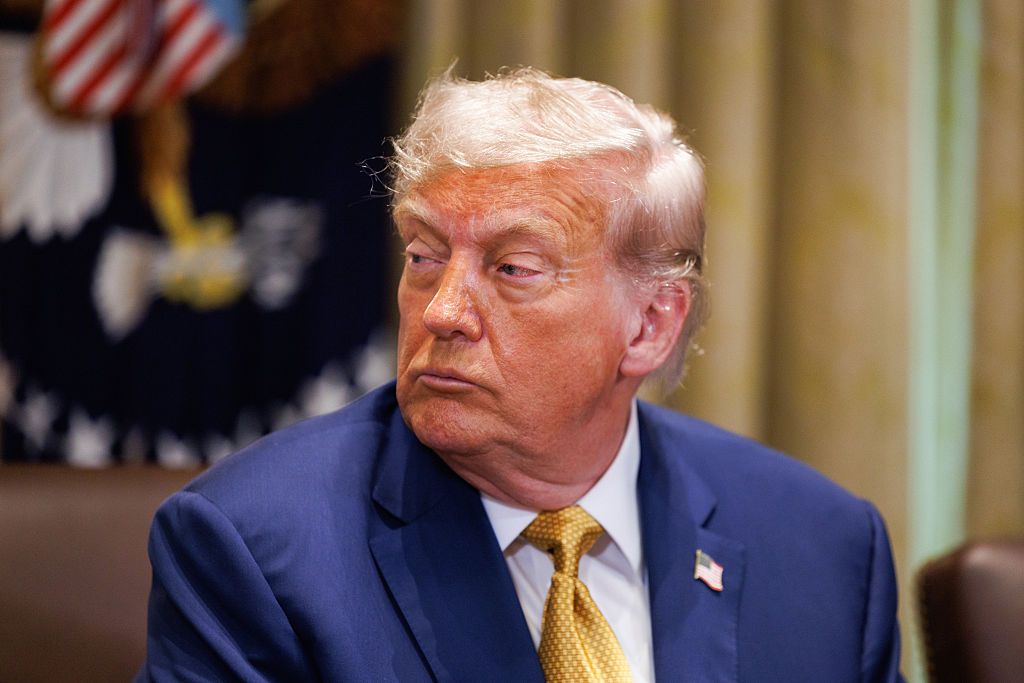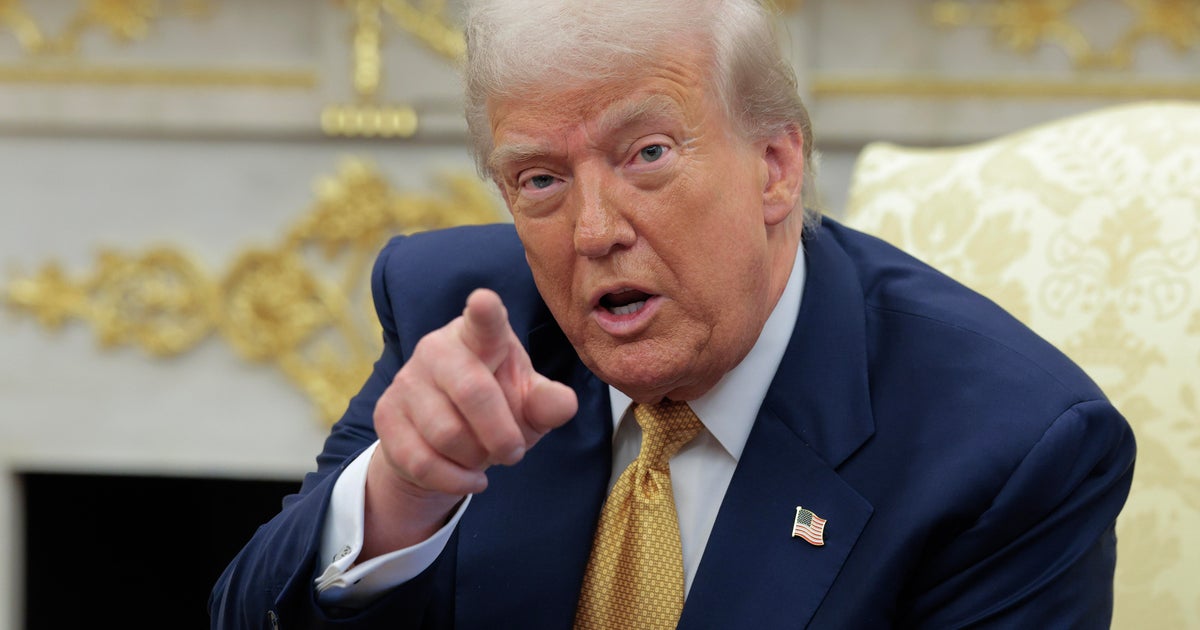T4K3.news
U.S. enforces strict tariff deadline for EU
The U.S. will impose a baseline 30% tariff on EU imports after August 1 if no deal is reached.

The U.S. is pushing for higher tariffs on EU imports while negotiations continue.
U.S. maintains tough stance on EU tariffs ahead of deadline
The United States is firm on its Aug. 1 deadline for implementing higher tariffs on European Union imports. Commerce Secretary Howard Lutnick confirmed that the baseline tariff will rise to 30% if a deal is not reached by then. Talks are ongoing, but Lutnick reassured that negotiations could persist beyond the deadline. The EU has threatened retaliatory measures against the U.S. if tariffs are imposed, but Lutnick dismissed the likelihood of targeting prominent items like Boeing planes or Kentucky bourbon. Critics suggest that the EU's complex relationship with the Trump administration makes a favorable agreement less likely compared to the recent UK deal, which had a baseline 10% tariff. Economists predict that the proposed 15% to 20% tariff range could severely impact European exports, raising inflation fears in the U.S.
Key Takeaways
"That's a hard deadline, so on August 1, the new tariff rates will come in."
Lutnick emphasizes the fixed nature of the tariff deadline.
"A rate of 15% to 20% would be a total car crash for European exports."
Analyst warning about the negative impact of proposed tariffs on EU automotive exports.
"Nothing stops countries from talking to us after August 1."
Lutnick mentions the flexibility for continued talks beyond the tariff deadline.
"The EU has a much trickier relationship with U.S. President Donald Trump than the U.K. does."
Highlighting the complexities in U.S.-EU negotiations compared to the U.K. agreement.
The ongoing tariff negotiations signify deeper economic tensions between the U.S. and the EU. While both sides seem eager to find common ground, the hard deadline set by the U.S. raises concerns about the potential economic fallout. A new tariff strategy could disrupt established trade patterns, particularly for industries like automotive that are crucial for many European economies. This development comes amid broader anxieties about global trade stability, as both economies are still navigating the impacts of previous trade disputes.
Highlights
- A 30% tariff could disrupt established trade patterns.
- Negotiations are tough, but both sides want a deal.
- Tariffs may reignite inflation fears in the U.S.
- A trade deal with the EU seems increasingly unlikely.
Potential trade conflict looms with tariff negotiations
The U.S. firmly setting a tariff deadline raises risks of retaliation from the EU, which could lead to further economic tensions.
The outcome of these negotiations will shape trade relations for years to come.
Enjoyed this? Let your friends know!
Related News

Trump sets peace deal deadline for August 8

Trump and Starmer meet in Scotland for trade discussions

Trump seeks favorable EU trade deal ahead of tariff deadline

Trump announces EU trade deal with new tariffs

Trump introduces tariffs impacting 60 nations
Trump meets EU chief as tariff talks intensify

EU and US leaders to meet for critical trade talks
